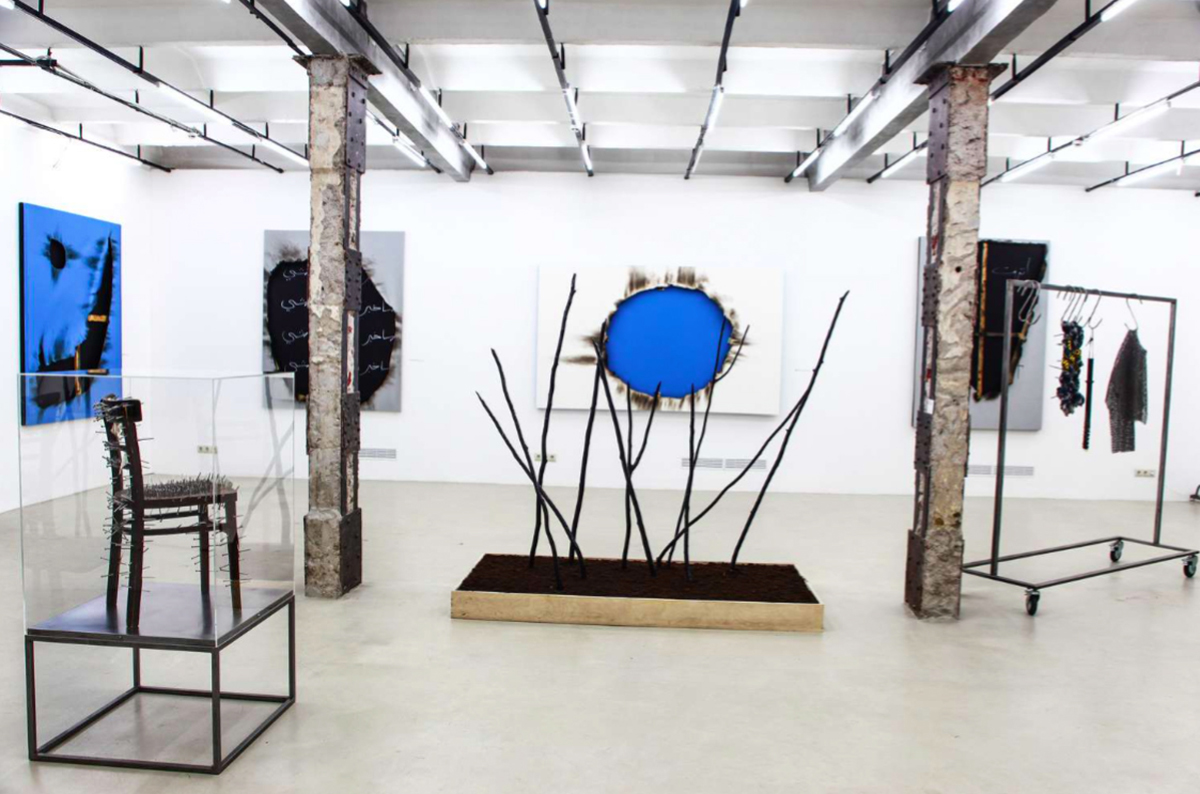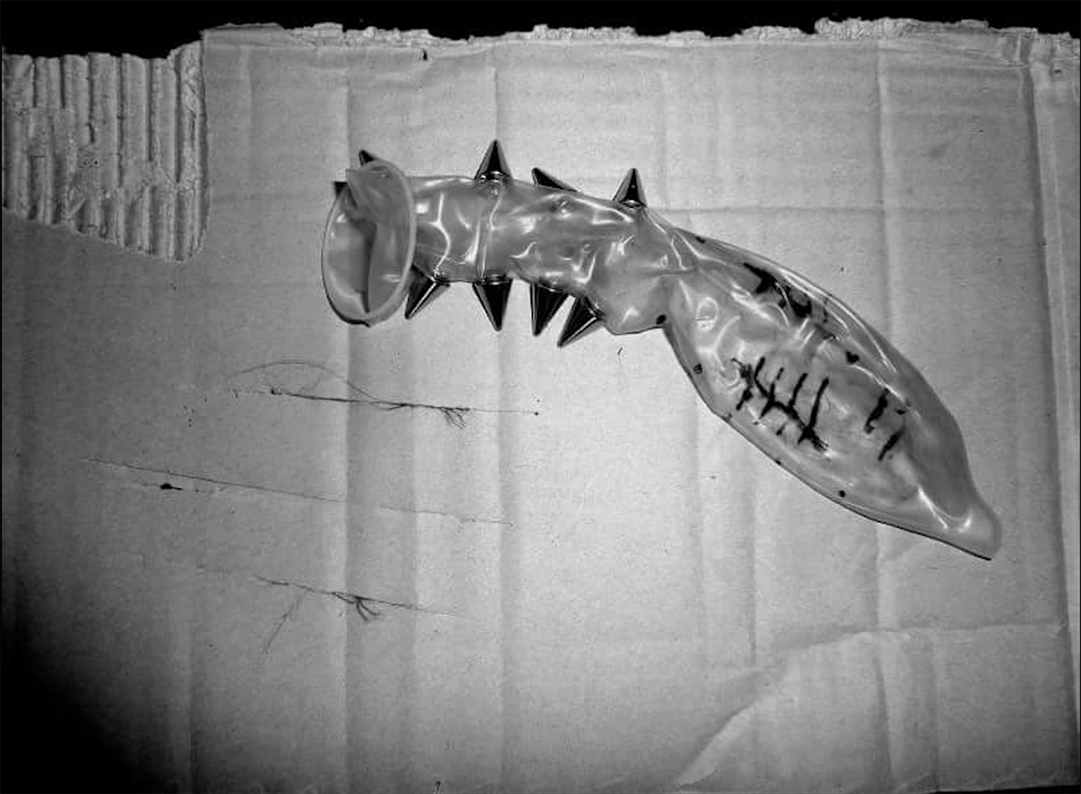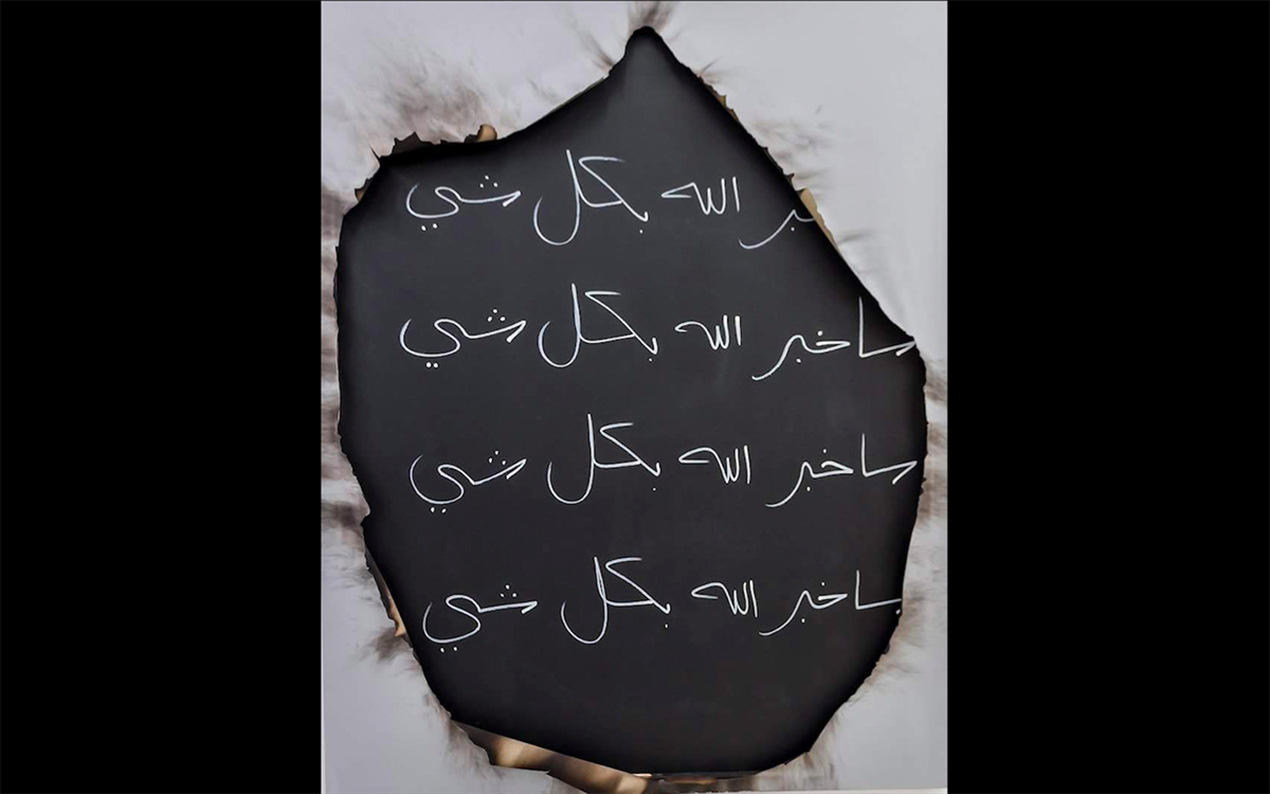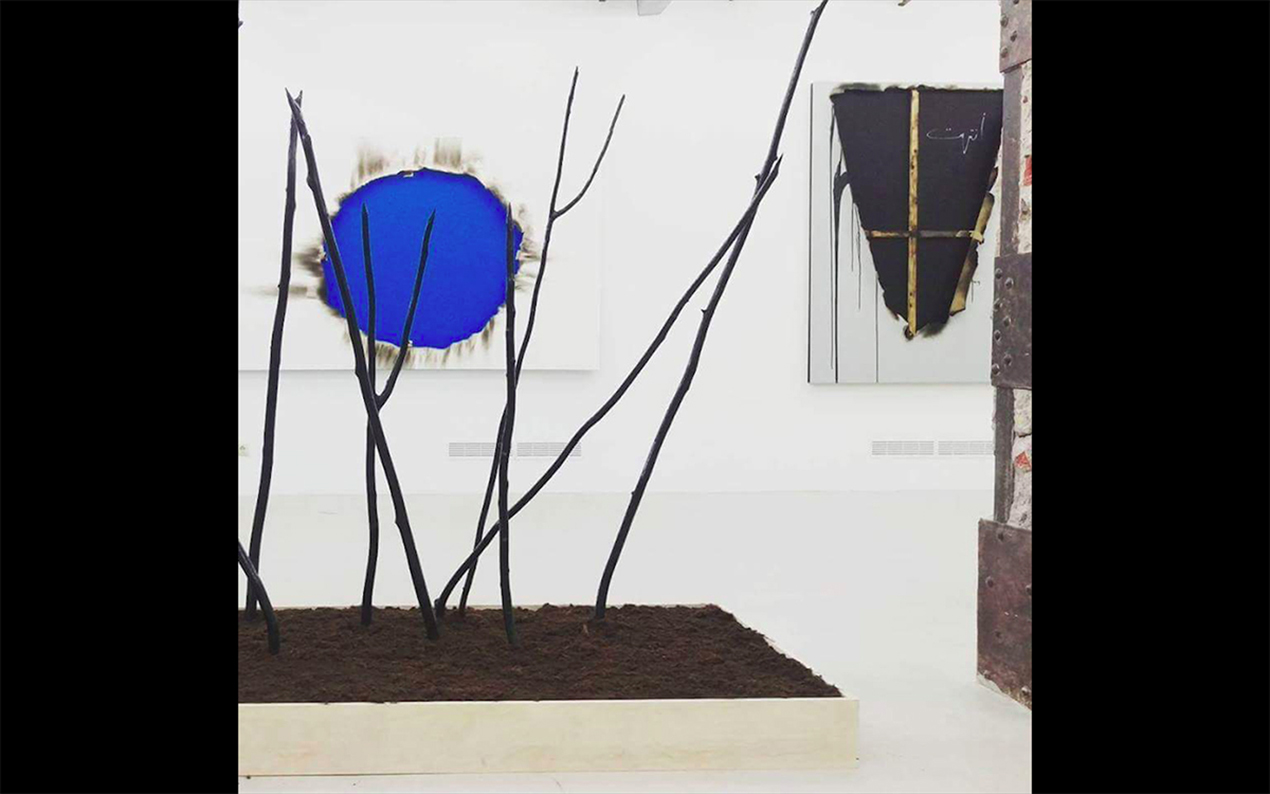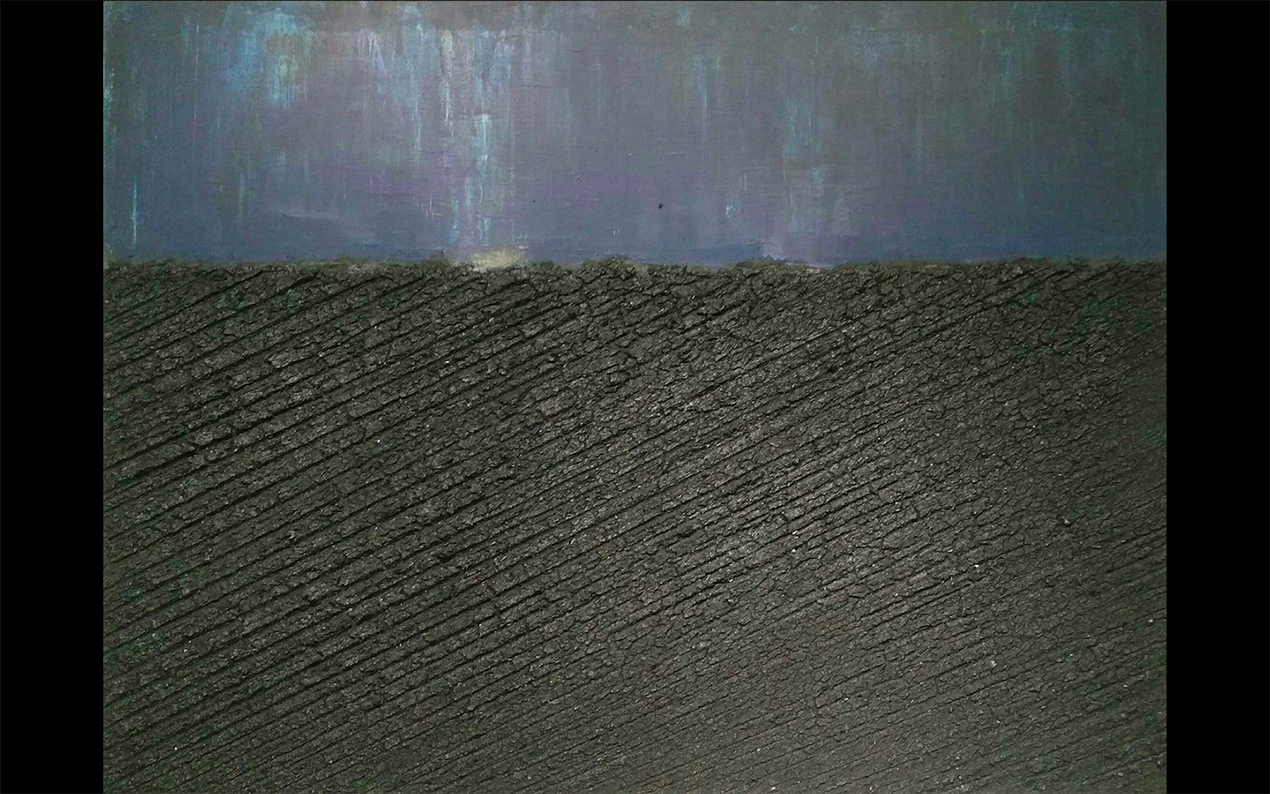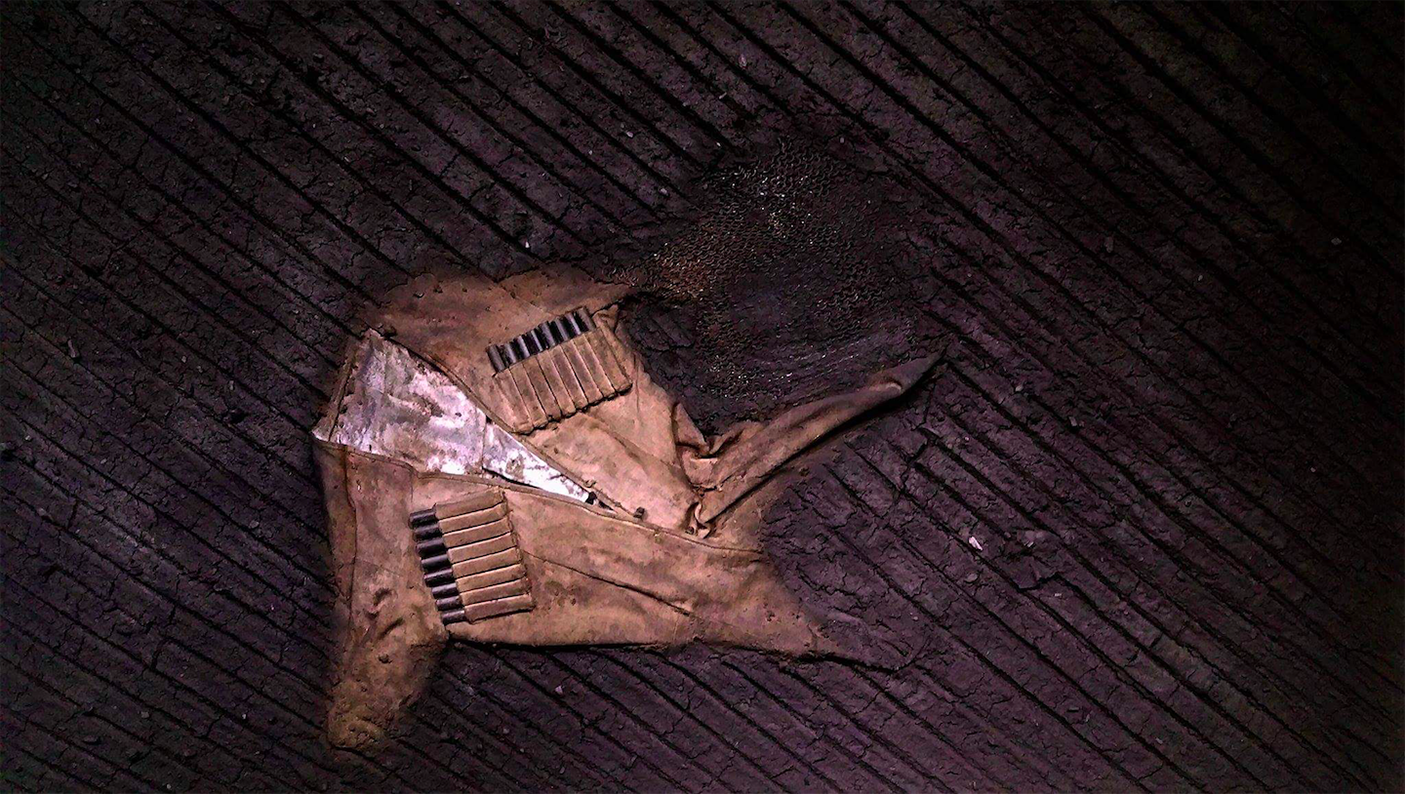American artist ZAK Kaghado explores protest movements, wars, revolutions, the nature of power and the right to happiness.
ZAK Kaghado’s art is a spiritual, social and aesthetic dialogue on geopolitics and religion, human rights and state ideology. He exposes acute social contexts and expands traditional boundaries of our perception of reality. ZAK’s works have a strong political message, brining the description of social challenges to their apocalyptic exertion. At the same time, his art is non-confrontational, calling to reconsider the traditional ideas of government institutions and the structure of society whose relevance is questioned by new challenges.
ZAK Kaghado was born and raised in the US, but he is of North Caucasus descent. Having once changed Manhattan for Garden Ring, he now bases in Moscow. The artist studied international communication and political science, but he chose to be a professional artist. ZAK and his brother Ja'bagh look for new meanings of ordinary things and discover new facets of techniques and styles, offering viewers a new look at old things. Alongside art, ZAK Kaghado’s curates projects for museums and galleries, including the Moscow Museum of Modern Art, the Museum of Moscow, the Jordan National Gallery of Fine Arts, MSK Eastside Gallery.
ZAK’s art provokes consciousness. He mixes the past and the future into one stream, where all meanings and concepts are eternal and endlessly multifaceted. The ancient interweaves with modern times, and the past is reflected in the present.
One of these works was The Laws of Chaos & The End of Illusion. Kaghado created it in collaboration with Amnesty International. In the project, he offered his own vision of how the general situation in the world affects each of us. The exhibition features several installations created from real objects symbolising authorities and their instruments. The works create a medieval or even more ancient atmosphere. In the modern context, it emphasises that fundamental principles of an individual’s power over other people and society’s power over an individual remain virtually unchanged.
He used camouflage uniform, riot shields, ballistic face masks, police batons and bulletproof vests in his installations. Some of the exhibits are police shields with historical emblems on them, others are sharpened police sticks with engravings. A work dedicated to suicide bombers is a wooden chair with sharp nails resembling a medieval torture tool. The installation is accompanied with scenes of violence and abstract images of chaos.
“I think art can make people open their eyes wider and see what’s going on. It can reach out to consciousness of those who don’t perceive other formats. Art can facilitate changes and raise awareness in general. And of course it can change people’s attitude toward events in the world,” the artist says.
ZAK raises relevant social topics of popular uprisings and armed conflicts. He explores the meaning of such visual symbols as burning flags, military uniform, religions elements, burnt artworks. He tries to stimulate the intellectual search for motives behind these conflicts and understand the emotions they may cause.

“What is happening is chaotic and painful but from the start I plan with no emotions, like the quality of a brutal uprising that is absolutely rational. The past is still present and I believe that for every action there is a reaction equal to it by force or possibly, even greater,” ZAK Kaghado says.
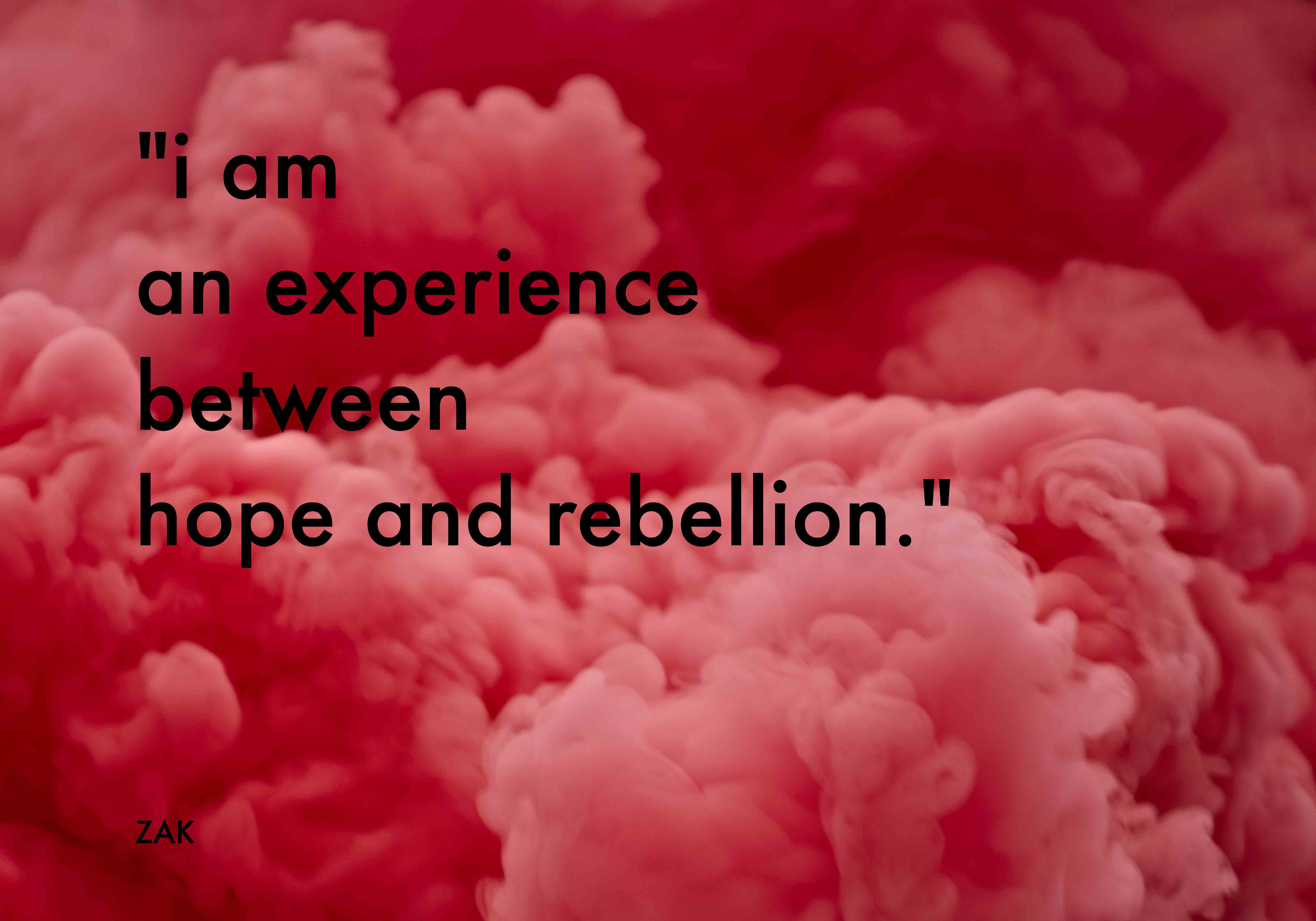
The artist prepares to participate in several big exhibitions and biennales in Moscow and Europe. ZAK Kaghado’s new works, in which he will investigate the themes of homeland, co-existence and identity, will be presented in Moscow’s MSK Eastside Gallery. The artist will focus on eternal sources of conflicts, such as blood ties, territory and religion.
Examples of works are provided by MSK Eastside Gallery and ZAK Kaghado.
Subscribe to our mailing list:
